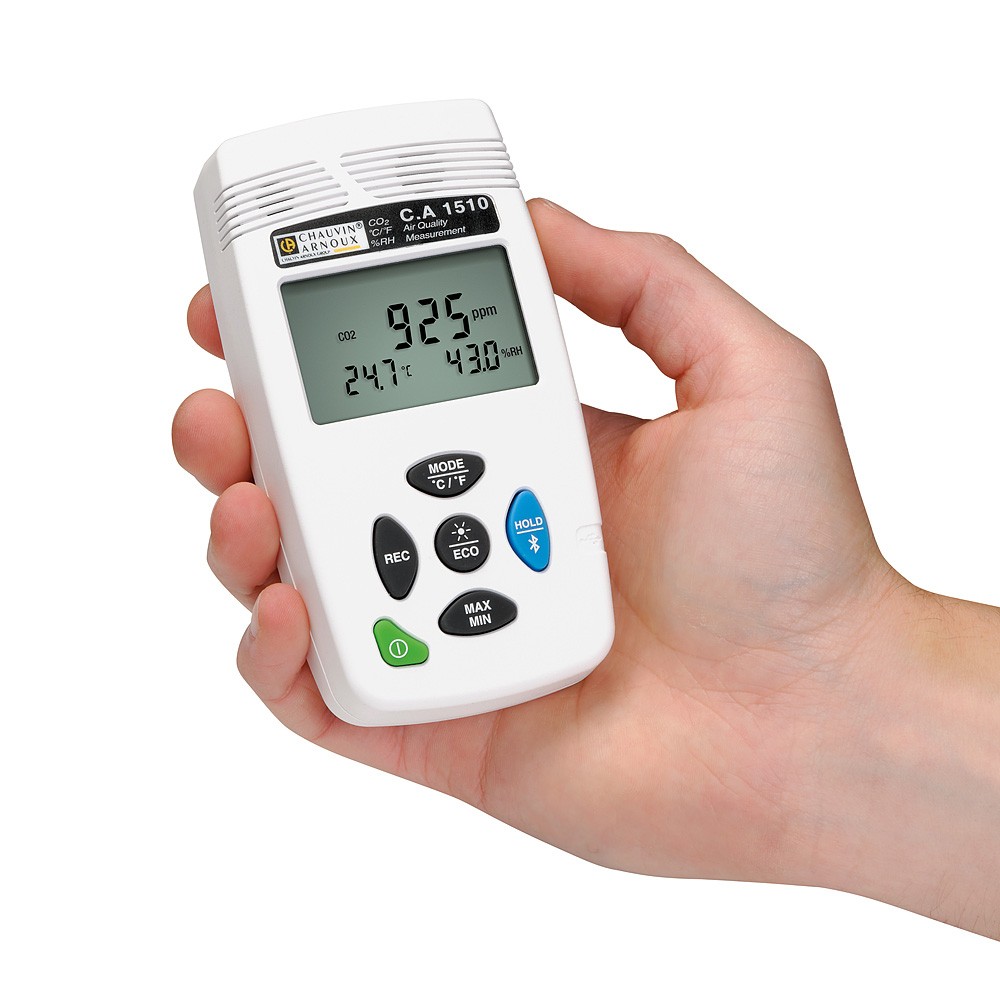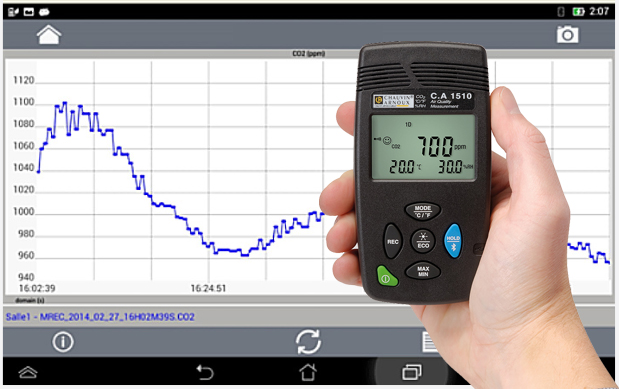The Health and Safety Executive (HSE) is asking businesses to look particularly at areas where people work and where there is no mechanical ventilation or natural ventilation coming from open windows, doors, or vents. Site managers also need to check mechanical systems that provide outdoor air, temperature control, or both. If a system only re-circulates air and has no outdoor air supply, the area is likely to be poorly ventilated, which means there could be an increased risk of the virus spreading. Natural ventilation is prone to be worse in the winter when doors are closed and more time is spent indoors, so this should also be taken into consideration.
The approach suggested by the HSE is to use a carbon dioxide (CO2) monitor to assess the level of ventilation and air quality in rooms or other enclosed areas. Although CO2 levels are not a direct measure of possible exposure to COVID-19, checking levels using a monitor can help identify poorly ventilated areas so that appropriate adjustments can be made. It should, however, always be kept in mind that CO2 measurements are a broad guide to the effectiveness of ventilation within a space rather than a tool for establishing ‘safe’ thresholds.




